Stainless Steel Fabrication Calgary
Get custom stainless steel flashing solutions for your Calgary industrial & residential projects. Contact Phoenix Metals for expert guidance today!
The Perfect Combination of Strength and Sleek Aesthetic
Stainless steel fabrication is taking the construction and design market by storm. Offering an economical solution that is both highly durable and easy-to-clean, stainless steel is perfect for any industrial size application or even the smallest corner of your home.
With a mix of iron, chromium, manganese, and other stable metal components, stainless steel is rust-free and remains stainless for an extended period of time. When exposed to water, this high-strength material creates a stable film that acts as an impenetrable barrier and maintains that beautiful shine for years.
Choose the metal engineered to protect against the elements. Whether you decide between 304 or 316 stainless steel, our experts in installation and supply will help guide you through the fabrication process and get the final results you’ll love.
FEATURES & BENEFITS OF Stainless Steel Metal Fabrication
Elemental Resistance
Stainless steel stands against corrosion, rust, water stains, and more. Even in the presence of high temperature and pressure, this material has the strength to hold its own.
Clean Functionality
Stainless steel fabrication is one of the best hygienic options for metal embellishment. Resistant to the growth of bacteria, this material is easy to clean and great for hospitals and schools.
Durability That Lasts
Stainless steel is both lightweight and very tough. This perfect balance can endure significant weight, temperature changes, and harsh conditions for a long time.
High-Quality Finish
This metal just looks excellent. The anti-rust shine adds modern sophistication to any space or application without the hassle of high maintenance or bulky replacement.
Are You Ready for Industry Standard Protection With Stainless Steel Fabrication?
Never compromise on durability and sleek architectural aesthetic. Whatever the application, stainless steel fabrication is the premier choice that ticks all the boxes. From modern design, cleanliness, and protection against the elements, you can have it all.
Choose Phoenix Metals to handle your next stainless steel fabrication project. Our unparalleled craftsmanship and expertise mean you can be confident your installation will be a seamless and accurate process. With a variety of finishes and gauges, customization is up to you.
